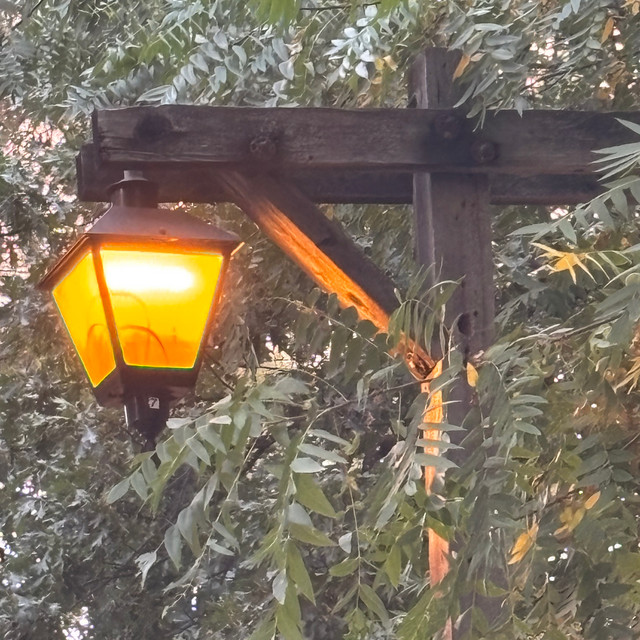With the massive success of Demon Slayer, animation company Ufotable has become well-known in the anime community. While the company isn't by any means new, having animated the Fate series and several anime adaptations of the Tales of series, it has seen increased popularity for how it handled the Demon Slayer anime and movie. The latter has even broken records for Japan's highest-grossing film, a title previously held by Studio Ghibli's Spirited Away.
Ufotable was founded in Nakano, Tokyo in October of 2000 by former employees of Telecom Animation Film, led by Hikaru Kondo. While the company had a steady output for several years in the form of collaborations and in-betweens for some series, it wouldn't be until 2007's The Garden of Sinners that Ufotable would break into the mainstream. Not only did the company become known for its detailed animation, but also for its use of claymation for some scenes, such as in Tales of Symphonia and The Garden of Sinners.
The company started with 90 staff members, but as of 2016, that number has increased to 200. The staff would be split between two buildings, and have a subsidiary in Tokushima Prefecture. Not only did Ufotable provide animation for TV series, but it also provided cutscenes for games like Fate/stay night and Black Rock Shooter: The Game. The quality of its productions stems from doing few projects while using in-house staff to animate, much like Kyoto Animation. Usually, companies focus on producing as many shows as possible, relying on freelancers and overtime to meet tight schedules.
Doing this causes inconsistency in animation quality and style while keeping projects in-house ensures a more cohesive look to the animation. Ufotable also incorporates more CG into their works than other studios, blending 2D animation with 3D to create more dynamic shots.
Despite Demon Slayer doing so well, Hikaru Konda and Ufotable were investigated for tax evasion. It was found that the studio owed over ¥400 million (about $3.85 million USD) in taxes, and in 2020, Kondo was charged for not paying ¥139 million (about $1.28 million USD) in taxes. He and the studio were charged under the Corporation Tax Act and the Consumption Tax Act, and the company released a public apology statement.
In spite of its financial woes, Ufotable is still highly-praised for its handling of Demon Slayer and its source material. It was the studio's first shonen battle series, a major change from the usual light novel and game adaptations. The animation for the fight scenes has been praised for its clean, colorful, dynamic action sequences.
It also didn't shy away from showing the characters as they were written or take away from their personalities to try and cater to anime fans. It left them as they were, and that works to its benefit. Too many times, studios try to cut corners and appeal to certain types of fans, but Ufotable told a story in a way that paid homage to the original source material.
The success of the movie proves that the studio is capable of great things and that its model of work production is beneficial, both financially and stylistically. Ufotable was able to take a story in a more niche medium and make it accessible to a larger audience.
About The Author

